A couple of years ago I sent out my 2nd shooter Sony A7R to a company called LifePixel. Instead of having it converted to 720nm standard infrared I went with the more versatile Hyper Color infrared. While not as wide-open as Full Color, it does allow me to shoot without an additional filter on the camera. An option to add a filter though, is still there. When it comes to this sort of thing, I generally go with the most versatile option so I can experiment. I have been using the camera sans filter for the last year or so and recently I decided I would like to try using a filter or two. I have a project in mind for the future and experimenting now will help me better execute it.
In another article that I wrote here on the blog I reviewed Neutral Density filters from a company called ICE. You can read that here. It has been super popular on the site partly due to the review and mostly because the filters are super high quality but really inexpensive. So when it came time to grab a new filter, I immediately went looking to see what ICE had available. I found a wide variety of filters, but I specifically wanted a 720nm filter because I was familiar with that processing and look. Here is an example of a processed 720nm photo and 470nm photo.
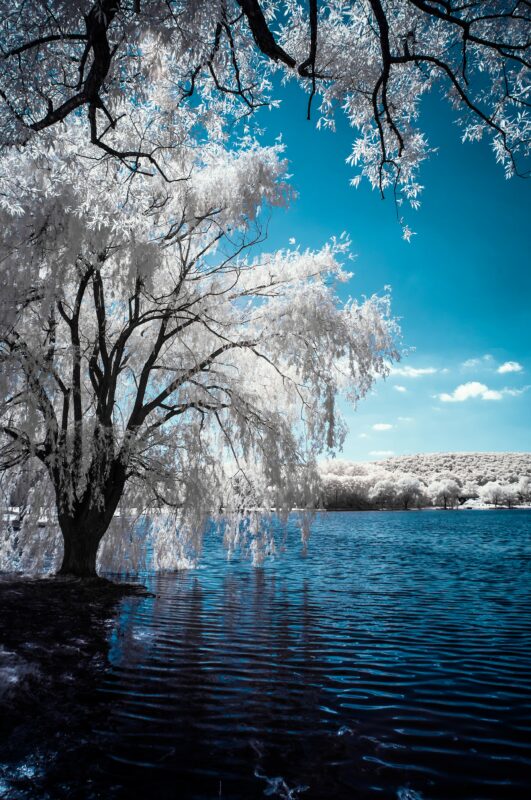
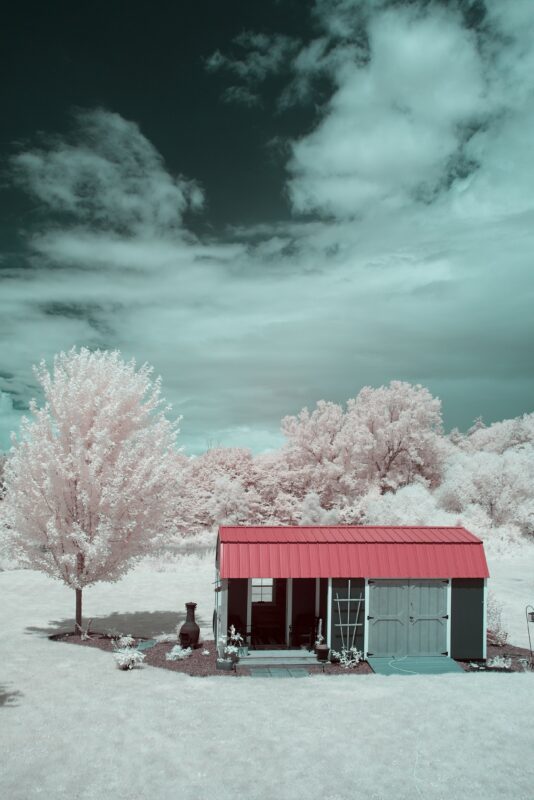
Sure enough ICE had a 77mm 720nm IR filter for just $34.95. If you are interested in grabbing one from my Amazon page, here is a link: https://amzn.to/4002l1s If you want a different range filter from them look here: https://amzn.to/3M15UP5
I waited for a nice bright sunny day with a few clouds in the sky and headed down to the lake to shoot some comparison shots. Here are two shots, the first is with the internal 470nm filter and the second is with the ICE filter, both unprocessed.
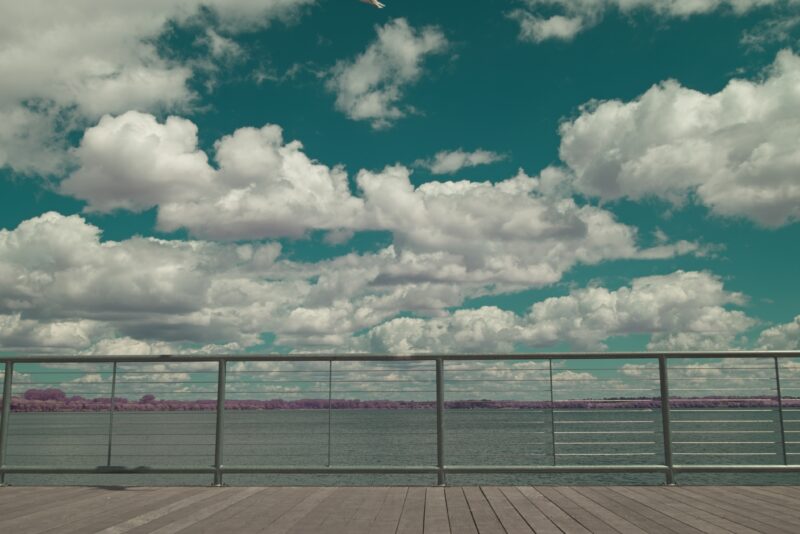
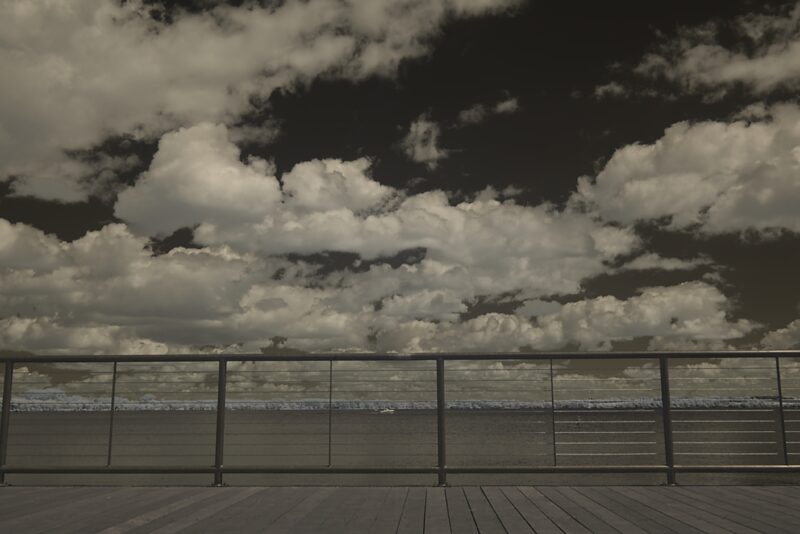
As you can see both are quite good and fun. An alternate view of the world and why I love infrared so much. It really does lift my creativity in the field. Maybe not so much in these test shots but believe me, it does. Here are those same RAW files, processed by swapping the red and blue channels in post as well as adjusting the Exposure slightly to balance the histogram. Which is something you often have to do. 470nm first then the 720nm second.
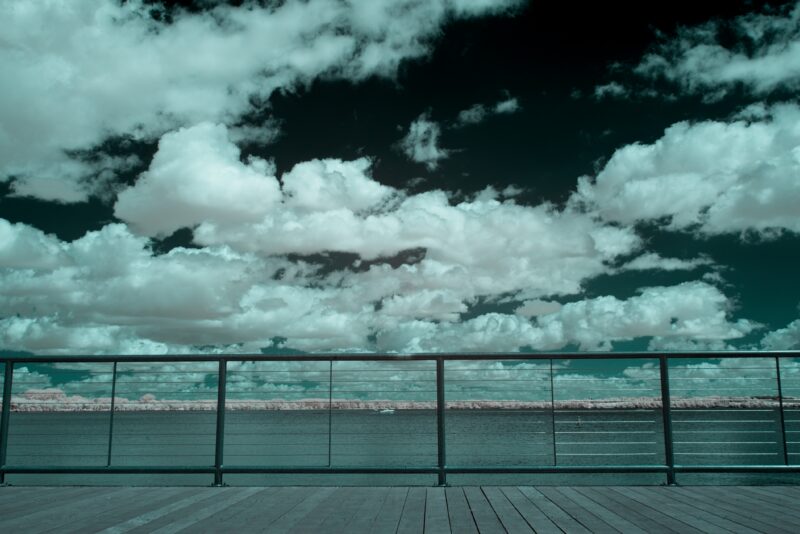
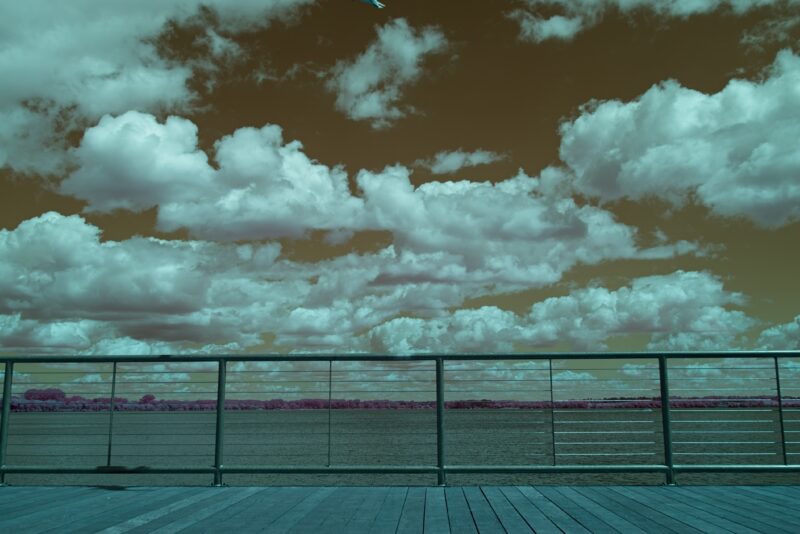
As you can see, both do a great job. But for versatility it’s super nice to be able to just slap a filter on and get that oh-so-familiar 720nm Blue and White look. And the ICE 720nm Infrared filter does a GREAT job for processing black and white images as well.
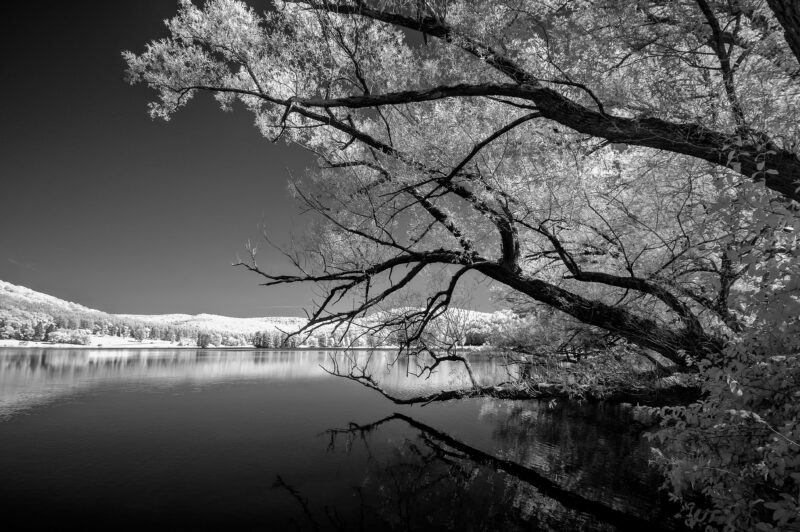
All-in-all I still recommend ICE filters to all of my photography friends. Good quality glass, no color cast, great reproduction, excellent build consistency. With Amazon’s return policy, you really cannot go wrong. Give your photography a creative boost and check out Infrared and UV photography. And most importantly, have fun out there!
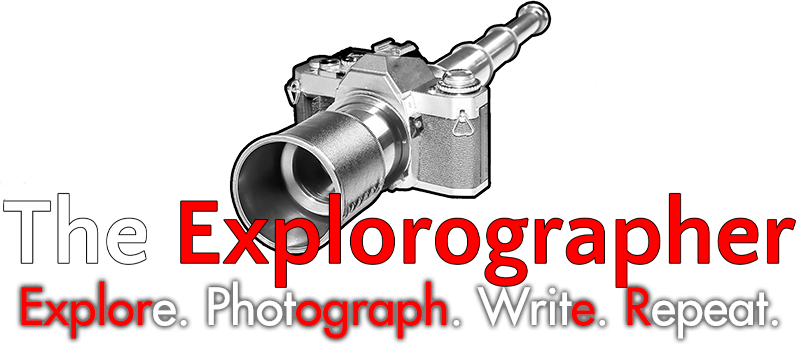


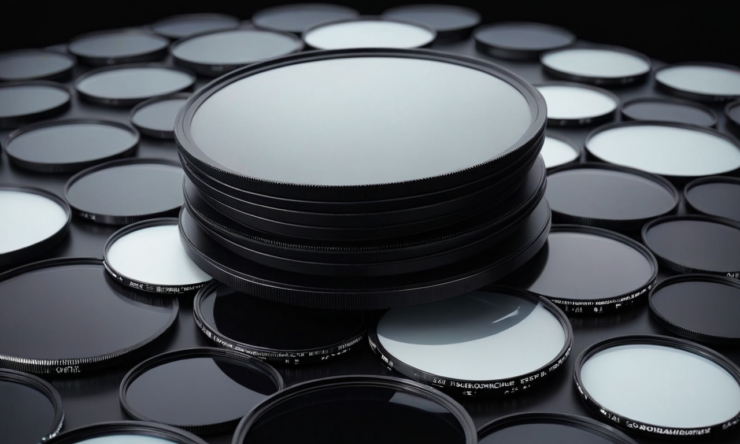
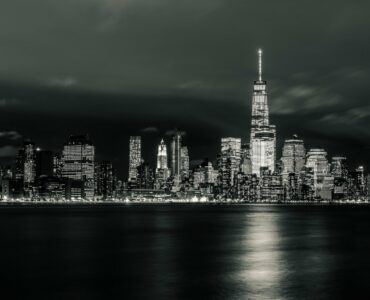
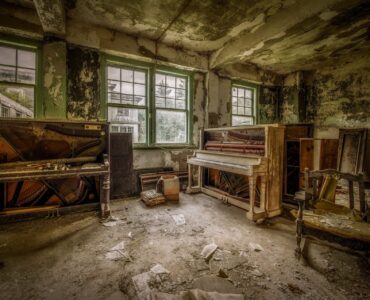
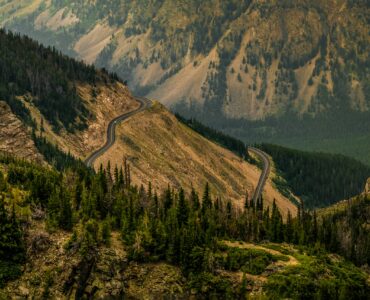
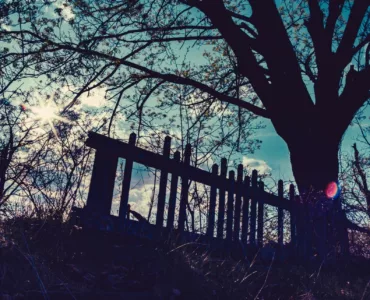
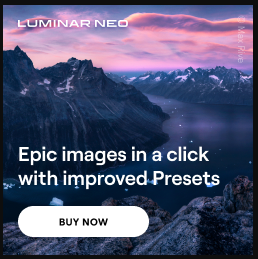
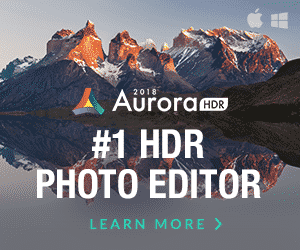



Add comment